If you’ve ever caught a glimpse of a mouse sneaking crumbs or watched a squirrel dart up a tree, you might wonder what’s going on inside their tiny, busy brains. Rodents rule the animal world in numbers, but their quirks and odd behaviors often leave us scratching our heads. Why do rats “laugh” when tickled? Why do hamsters stuff their cheeks until they look like furry balloons? These habits might seem bizarre—maybe even gross or a little hilarious—until science shows us the remarkable logic behind them. Step into the secretive, surprising world of rodents and discover the genius beneath the whiskers.
Cheek Stuffing: Nature’s Grocery Shopping
Imagine if you could carry your entire lunch in your mouth. Hamsters and chipmunks do it daily, cramming food into expansive cheek pouches that stretch like living tote bags. These pouches can triple the width of their heads, making them look downright comical. Science reveals this isn’t just for show—it’s a survival superpower. By hoarding food in their cheeks, rodents can quickly gather supplies and then retreat to safety, protecting themselves from predators. In the wild, every second in the open is risky, so this speedy grocery shopping method helps them eat another day. As odd as it looks, cheek stuffing is a brilliant adaptation for life on the run.
Nocturnal Adventures: Why Rodents Rule the Night
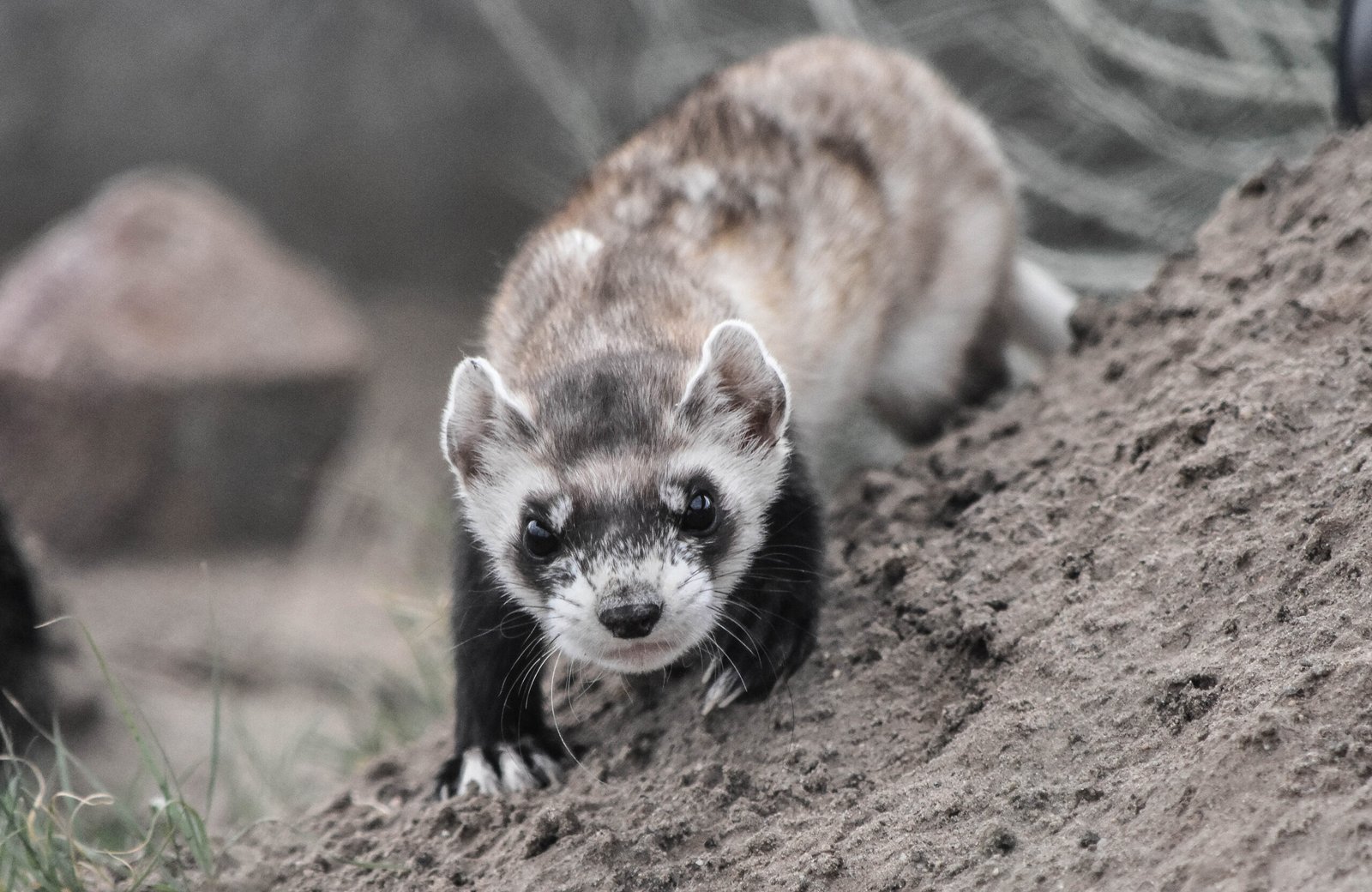
While we sleep, rodents come alive. Mice, rats, and even gerbils are classic night owls, skittering about in darkness. This habit seems mysterious, but it’s a clever response to survival pressures. Nighttime activity keeps them hidden from predators like hawks and foxes, who hunt by day. Their eyes and whiskers are perfectly tuned for low light, letting them navigate pitch-black spaces with ease. Even their tiny hearts beat slower at night to conserve energy. So next time you hear tiny feet pattering after midnight, remember: rodents are simply playing it smart, making the most of the hours when the world is quiet and safer for them.
Gnawing on Everything: The Tooth Truth
If you’ve ever owned a pet rat or caught a mouse in your home, you know their teeth are unstoppable. They chew through wood, plastic, even concrete. This relentless gnawing isn’t just naughty behavior—it’s vital. Rodents’ front teeth (incisors) never stop growing. Without constant chewing, their teeth would become dangerously long, making it impossible to eat. Chewing also helps them test new materials for safety and nutritional value. So, the next time you spot teeth marks on a chair leg, remember: it’s not mischief, but a matter of life and dental health.
Burrowing: The Underground Architects
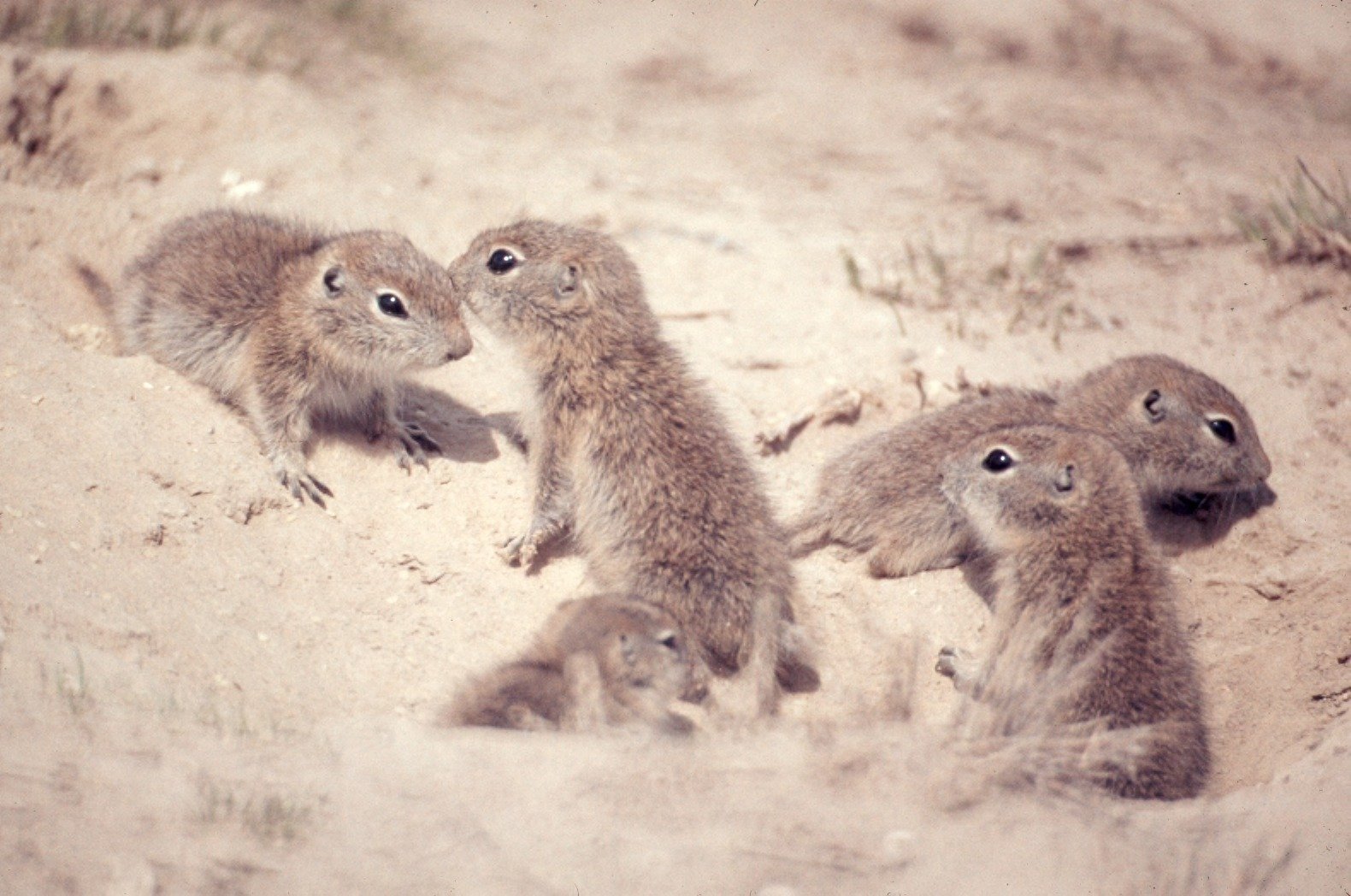
Rodents might look small, but they’re master builders. Moles, voles, and gophers dig elaborate tunnels that stretch for yards, featuring food stores, bedrooms, and escape routes. To us, these underground labyrinths seem excessive, but science shows they’re essential for survival. Burrows protect rodents from predators, harsh weather, and even wildfires. The air inside is cooler and more humid, creating a safe haven for raising babies. Some rodents, like prairie dogs, even use complex “rooms” and “doors” to organize their burrows, showing a surprisingly sophisticated sense of design. Their digging isn’t just instinct—it’s engineering genius.
Tail Communication: More Than Just Balance
Have you ever noticed a rat or squirrel flicking its tail? It’s not just for balance. Rodents use their tails as a language, sending signals to friends and foes alike. Quick tail wags can warn others of danger, while slow, gentle movements can signal calm or curiosity. In some cases, tail movements help control body temperature by releasing excess heat. For tree-dwelling species, a bushy tail also acts as a parachute when leaping between branches. What seems like random twitching is actually a sophisticated communication tool and an essential part of rodent life.
Ultrasonic Chatter: The Secret Language
Rodents are chatterboxes, but most of their conversations are out of our hearing range. Mice and rats “talk” in ultrasonic frequencies—high-pitched squeaks that carry messages about food, danger, or even romance. Scientists have recorded these secret chats using special microphones, revealing that male mice sing complex “songs” to attract mates. This secret language keeps their communications private from predators but clear to others in their group. So, while we might hear only silence, rodents are holding a nonstop, high-frequency social gathering.
Tail Shedding: The Great Escape
Some rodents, like African spiny mice and certain gerbils, have a shocking trick up their sleeves—or rather, tails. When grabbed by a predator, they can shed part of their tail skin and slip away, leaving their attacker with a mouthful of fluff. This strange habit is called “autotomy,” and while it looks gruesome, it’s a lifesaver. The lost tail doesn’t grow back completely, but it’s a small price to pay for survival. Imagine leaving your shoe behind to escape a bear—rodents are willing to make that trade in a heartbeat.
Coprophagy: Eating Their Own Poop
Let’s get real—this one is hard to watch. Many rodents, like rabbits and guinea pigs, eat their own feces as part of their daily routine. While it may seem disgusting, this habit is essential for their health. Their unique digestive systems can’t extract all the nutrients from food in one pass, so eating “night feces” allows them to absorb more vitamins and minerals, especially vitamin B12. It’s recycling at its finest. In the world of rodents, what seems gross to us is just another step toward staying strong and healthy.
Pouching Babies: The Ultimate Mom Move
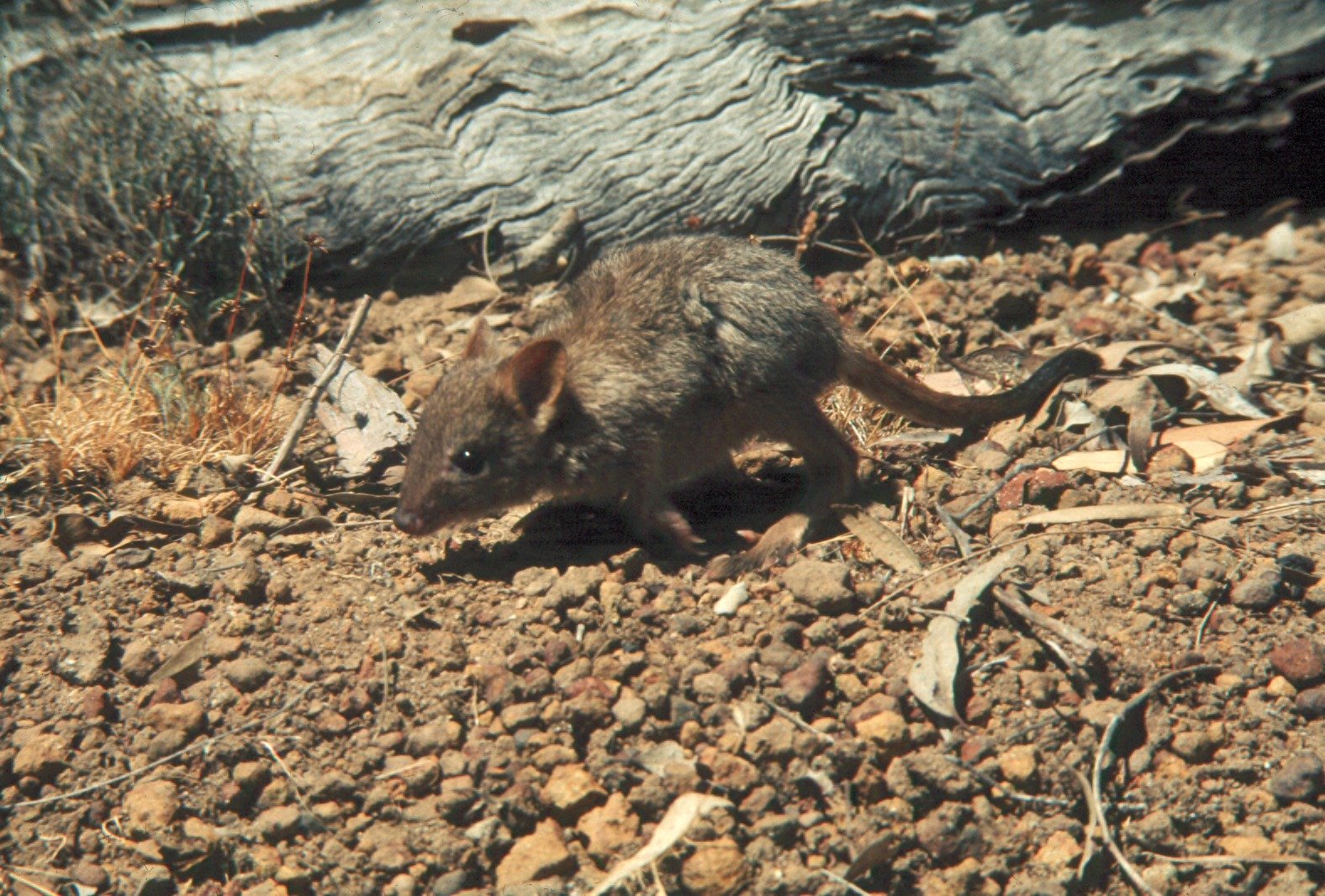
Pocket mice and kangaroo rats have a surprising way to protect their babies—by carrying them in fur-lined cheek pouches or skin folds. When danger approaches, the mother scoops up her young, tucks them into her pouches, and makes a swift getaway. This behavior ensures the next generation survives even in risky situations. It’s the rodent version of grabbing your kids and running for cover. In stressful moments, these mothers show an astonishing blend of instinct, speed, and love.
Altruistic Grooming: More Than Just Cleaning
Rodents are some of the most social animals on earth. You’ll often see rats and mice grooming each other, nibbling and cleaning fur in rhythmic patterns. While it looks like simple hygiene, science reveals something deeper: grooming strengthens social bonds and reduces stress. It’s their way of saying, “I trust you.” Grooming also spreads scent, helping mark group identity. In times of danger, rodents groom each other more, showing how caring for friends can be a literal life-saver.
Stash and Cache: Obsessive Food Hoarding
Ever found a pile of seeds or nuts under your couch? That’s a rodent’s doing. Squirrels, mice, and even rats are compulsive hoarders, hiding food in dozens of secret spots. Scientists call this “caching,” and it’s all about survival. By spreading out their food stores, rodents avoid losing everything to a single thief or bad weather. Their memory is shockingly good—they can recall hundreds of hiding places, even months later. What looks like paranoia is actually a well-honed insurance plan against hunger.
Whisker Mapping: The World at a Touch
Rodents’ whiskers are more than cute accessories. Each whisker acts like a sensitive antenna, picking up the tiniest vibrations and textures. When exploring dark tunnels or narrow crevices, rodents rely on these “tactile hairs” to map their surroundings in real time. The sensory information travels straight to the brain, painting a detailed picture of their environment. It’s their way of “seeing” without light, and it’s so effective that robots have been designed to mimic rodent whisker navigation.
Laughing When Tickled: The Joy of Play

Believe it or not, rats giggle when tickled. Scientists discovered that young rats emit high-frequency chirps—essentially laughter—when gently tickled by researchers. This response is linked to the brain’s reward centers, just like human laughter. It’s a sign of joy, playfulness, and social bonding. Rats even chase the hand that tickled them, hoping for more fun. The next time you see a rat scurrying around, imagine it having a moment of pure, infectious happiness.
Wobbling and Freezing: Survival Through Stillness
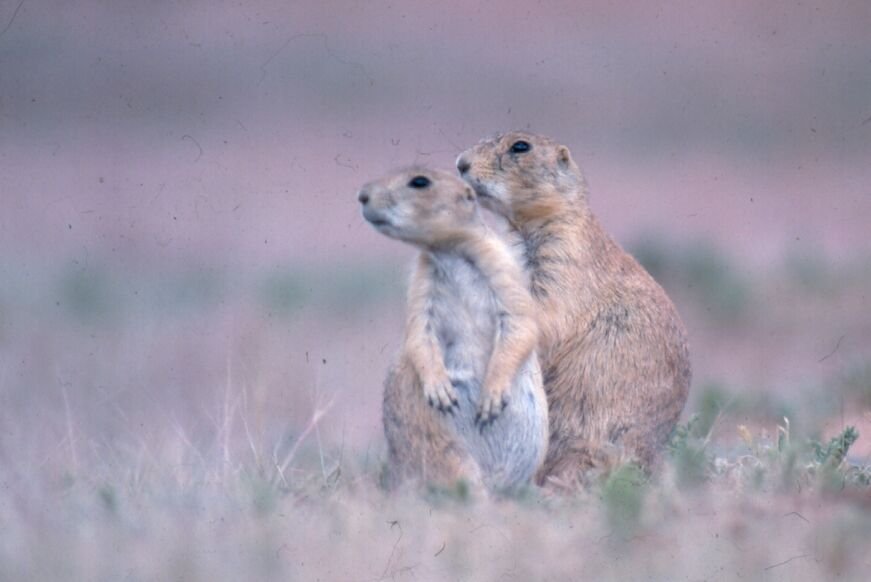
When startled, rodents often freeze in place or wobble awkwardly before dashing off. This habit isn’t clumsiness—it’s an ancient defense mechanism. Freezing makes them harder for predators to spot, as many hunters are triggered by movement. The wobble, meanwhile, is the rodent’s way of rapidly assessing its surroundings using smell and sound before making a break for safety. In the wild, the difference between freezing and running can mean life or death.
Self-Barbering: Stress Relief or OCD?
Have you noticed a rodent obsessively grooming itself, sometimes until bald patches appear? This behavior, called “self-barbering,” can be both normal and a sign of stress. In the wild, grooming keeps fur clean and parasite-free. But in captivity, too much grooming can indicate anxiety or boredom. Scientists study this habit to understand obsessive-compulsive behaviors, using rodents as models for human mental health research. It’s a reminder that even animals have emotional lives and needs.
Jumping for Joy: The Binkying Phenomenon
Watch a happy mouse or rabbit, and you might see it leap and twist in the air—a move called “binkying.” This joyful hop looks silly, but it’s a pure expression of happiness and excitement. Scientists believe it helps release pent-up energy, signal well-being to the group, and even deter predators by showing off agility. It’s the rodent version of a child’s cartwheel: spontaneous, exuberant, and utterly contagious.
Following Scent Trails: Nature’s Invisible GPS
Rodents navigate their world using an extraordinary sense of smell. They leave scent marks—tiny droplets of urine or oil from special skin glands—along their paths. These invisible trails help them find their way home, locate food, and avoid danger. To us, it’s an unseen world, but for rodents, scent is a powerful GPS. Their noses can even detect subtle changes in the air, warning of approaching weather or predators. Every step they take is guided by a sophisticated chemical map.
Mirror Neuron Magic: Learning by Watching

Rodents are quick learners, and much of their education comes from watching others. This ability is powered by “mirror neurons,” special brain cells that fire both when a rodent acts and when it observes another doing the same. If one mouse learns to open a puzzle box, others will quickly copy the trick. This social learning helps them adapt to new threats and opportunities. It’s a reminder that intelligence isn’t just about solo problem-solving, but about paying attention to the world around you.
Rhythmic Nest Building: The Art of Comfort
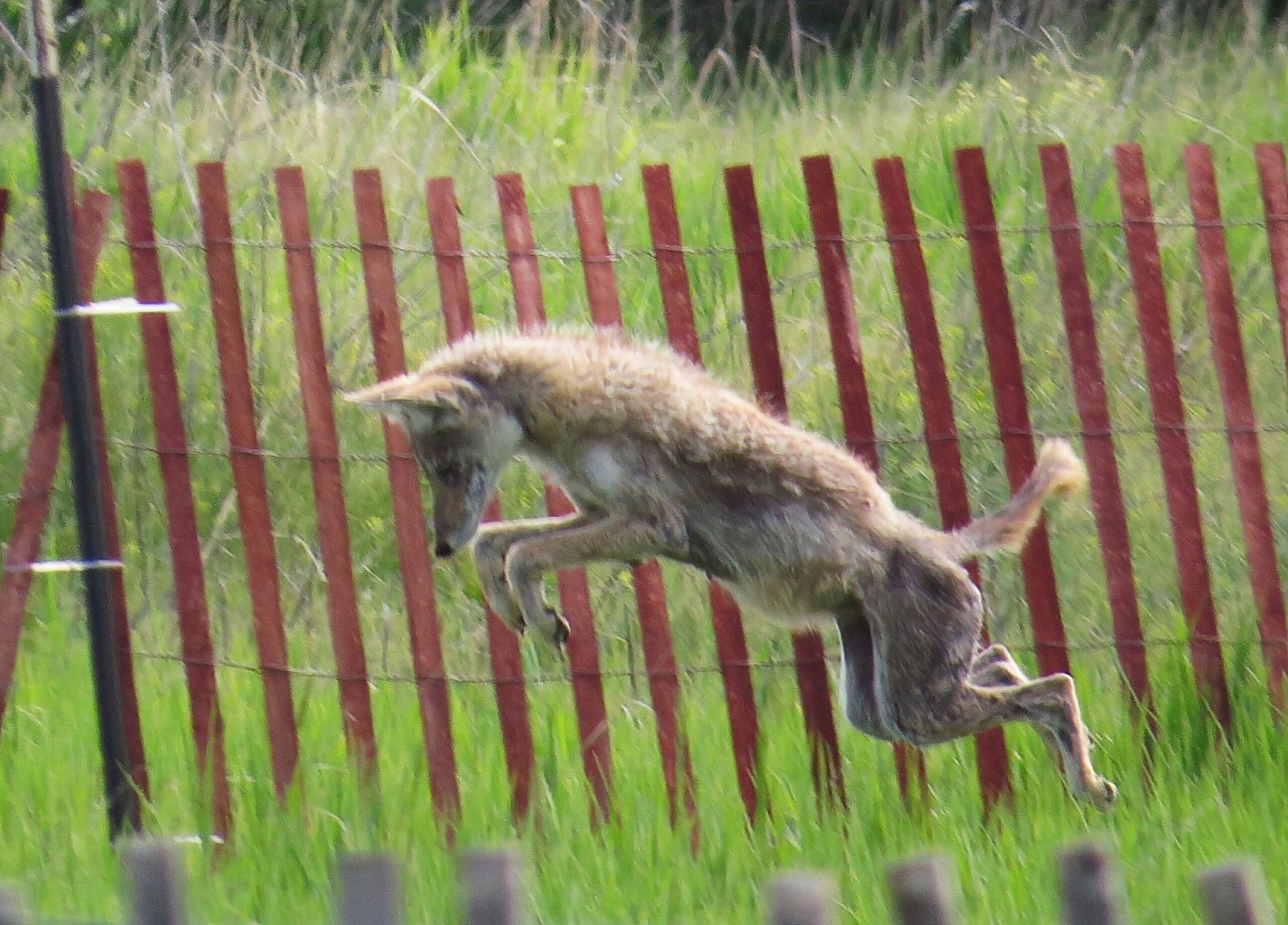
When you see a mouse shredding paper or a beaver building a dam, you’re witnessing nature’s architects at work. Rodents construct nests with remarkable care, often weaving materials in rhythmic, repetitive motions. These cozy homes regulate temperature, hide babies, and even repel parasites when lined with certain plants. Science shows that building nests is calming, lowering stress hormones and boosting immune health. What looks like busywork is actually a profound act of self-care and protection.
Thumping Feet: The Drumbeat of Danger
If you hear a sudden thumping in the woods, it might be a warning. Many rodents, like kangaroo rats and gerbils, thump their back feet on the ground to signal alarm. The vibrations travel through soil, alerting hidden friends to threats—like a secret Morse code. This habit not only warns the group but can startle predators, buying precious seconds to escape. It’s a reminder that even the smallest creatures can send big messages when survival is on the line.


